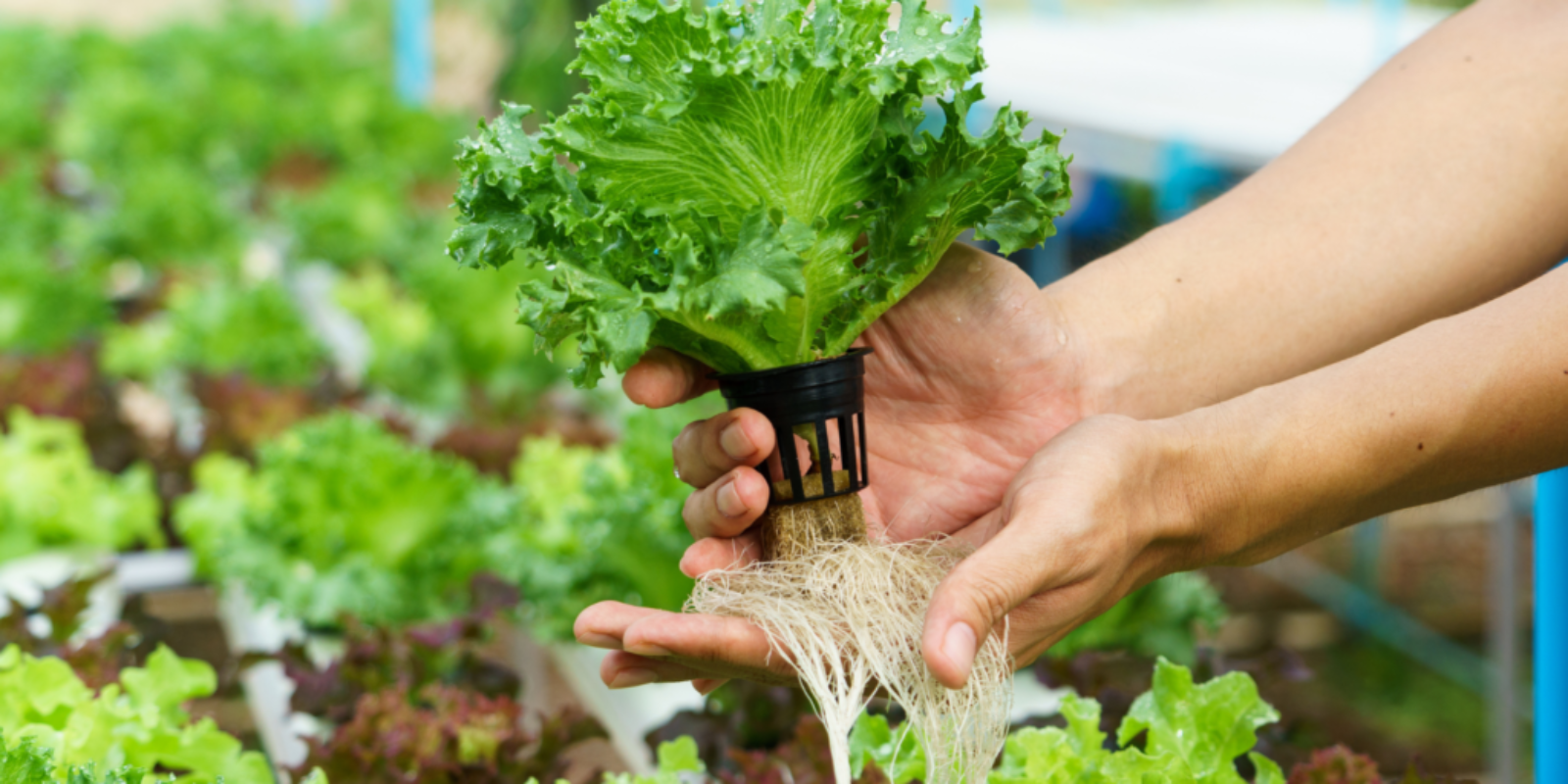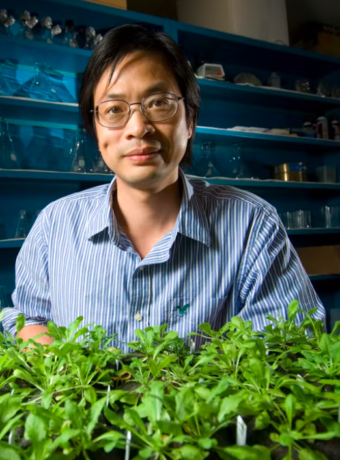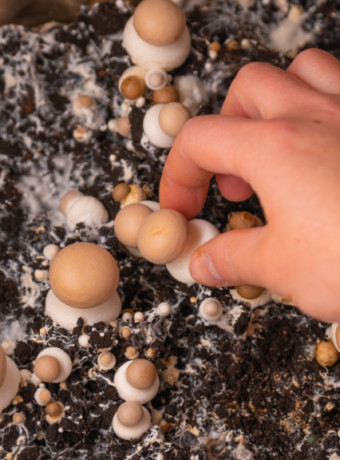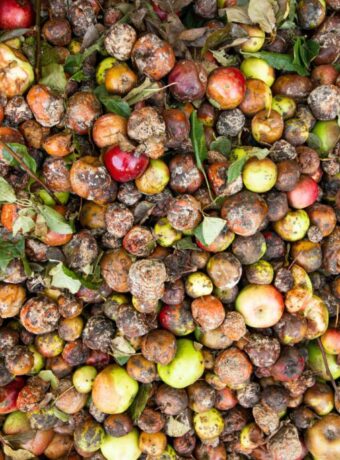There are many different types of hydroponic systems, and each has its own advantages and disadvantages. So what’s the difference between all these types of hydroponics? Well, it all has to do with how the water, oxygen and nutrients are delivered to the plants. In a drip system, for example, the water is slowly dripped onto the roots of the plants. In an ebb and flow system, the roots are periodically submerged in a nutrient-rich solution and then allowed to drain. An aeroponic system is similar to a drip system, but instead of dripping water onto the roots, a mist of water is sprayed into the air. The roots then absorb the water from the mist. And finally, a NFT system delivers a constant flow of nutrient-rich solution to the roots of the plants. Each of these systems are hydroponics because they don’t use soil, and because you’re feeding the plants a nutrient-rich water solution instead of planting them in soil. The only difference between each type of hydroponics is how they deliver the water, oxygen and nutrients to the plants.
Wick System
A hydroponic wick system is a type of passive hydroponics, which means it doesn’t require a pump or timer to deliver nutrients to the plants. Instead, a wick system uses a material – often rope, natural fibers, or synthetic fibers – to transport water and nutrients from the reservoir to the plant roots. The wick is placed in the growing medium, and one end is inserted into the nutrient solution. As the reservoir is filled with water, the wick begins to absorb the liquid and transport it up the length of the rope. The water then flows out of the growing medium and back into the reservoir, where it can be reused. This continual cycle ensures that plants always have access to fresh nutrients, even when there is no power or water pressure. Plus, since there are no moving parts, wick systems are incredibly easy to set up and maintain.

Drip System
Hydroponic drip systems are a type of hydroponic setup that uses a continuously flowing water and nutrient solution to deliver nutrients directly to the roots of plants. The key components of a drip system are a reservoir, a pump, and an irrigation system. The reservoir is where the water and nutrients are mixed together. The pump circulates the solution from the reservoir to the irrigatio0n system. The irrigation system consists of tubing that deliver the solution directly to the base of each plant. The roots then absorb the nutrients they need to grow. Drip systems are popular because they are easy to set up and require less maintenance than other types of hydroponic setups. However, they can be more expensive to operate due to the need for pumps and other equipment.

Ebb and Flow
A hydroponic ebb and flow system is a type of hydroponic setup that uses a pump to periodically flood the roots of plants with nutrient-rich water and then drain it away. The cycle can be set to occur as often as every few minutes or as infrequently as once per day. One advantage of an ebb and flow system is that it allows for a high degree of control over the amount of moisture and nutrients that the plants’ roots are exposed to. This can be helpful in preventing root rot and other problems associated with too much or too little water. Another advantage is that ebb and flow systems are relatively low-maintenance, since the pump does most of the work. If you’re interested in trying out hydroponics, an ebb and flow system is a great place to start.

Nutrient Film Technique
The Nutrient Film Technique (NFT) is a type of hydroponics that uses a thin film of water to deliver nutrients to the roots of plants. The plants are grown in a long, shallow channel, with their roots suspended in the air. A pump circulates a nutrient-rich solution through the channel, and the roots are constantly bathed in the solution. The solution is then drained back into the reservoir, where it can be reused. NFT is a very efficient way to grow plants, as it requires less water and nutrients than other types of hydroponics. In addition, it is possible to control the temperature and humidity of the growing environment very precisely. As a result, NFT is often used to grow plants that are sensitive to changes in temperature or humidity.

Aeroponic
Aeroponic systems work by suspending the roots of the plant in the air, where they are constantly misted with a nutrient-rich solution. The roots are kept moist and humid, which helps them to absorb more nutrients than they would if they were grown in soil. Aeroponic systems are often considered to be some of the most efficient and effective ways to grow plants, since they minimise the amount of water and nutrients that are lost to evaporation and runoff.

Deep Water Culture
Deep water culture, also known as DWC, is a type of hydroponics that growing plants in a container of water that is constantly aerated. An air pump supplies oxygen to the roots of the plants, and a timer controls the intervals at which the pump turns on and off. The roots of the plants are suspended in the water, and a small amount of nutrient solution is added to the water on a regular basis. Deep water culture is a simple and efficient way to grow plants, and it is often used by commercial growers. However, it can also be used by hobbyists and home gardeners. Deep water culture is an ideal method for growing fast-growing plants such as lettuce and tomatoes. It is also well suited for growing delicate plants that are sensitive to root disturbance, such as orchids.




